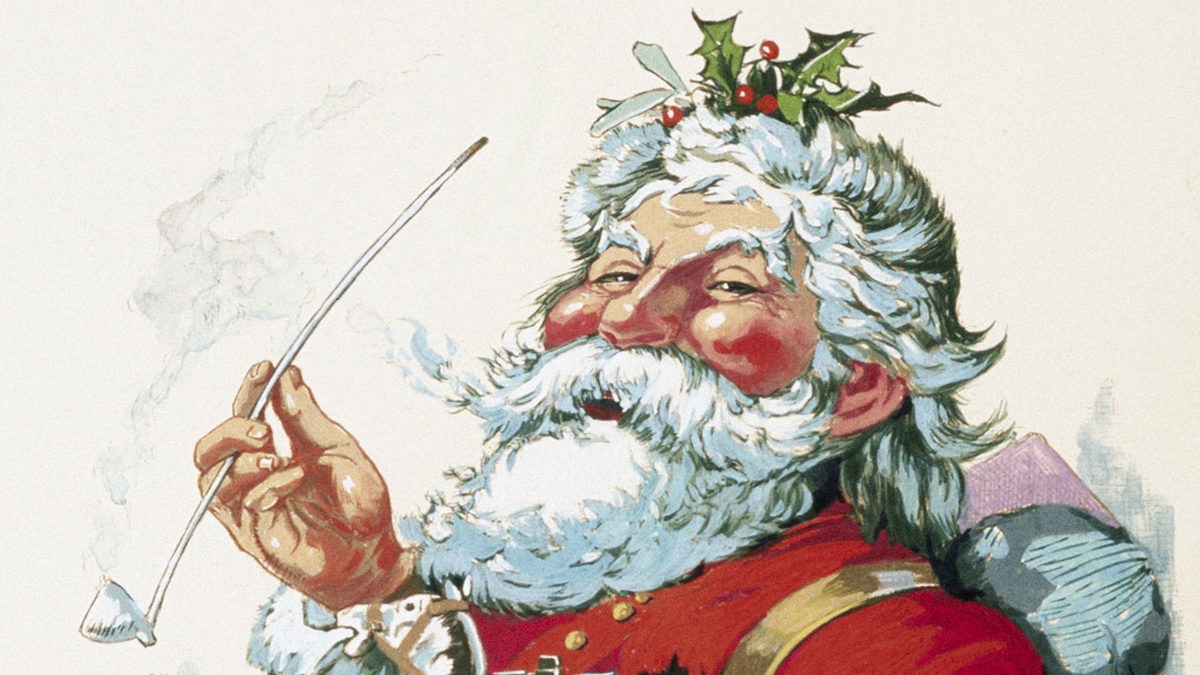Ringing in the New Year: New Years’ celebrations around the world all have a few things in common. While many involve raucous parties, others are more low-key, with friends and loved ones holding large celebratory feasts, families clearing old or dormant energy and inviting luck and love into their houses, and others practicing reflection, repentance and making resolutions.
The New Year’s Resolution: One of the most universal traditions, the making of New Year resolutions, can be traced back 4k years to the ancient Babylonians, who made promises to their king and gods for the coming year. The tradition was also practiced in ancient Rome and later for early Christians, when the first day of the new year became a time for reflection and prayer, replete with “watch night” services that included reading from Scriptures and singing hymns – a practice that many evangelical Protestant churches still have.
Parties, broken plates and stolen kisses: In Europe and North America, where New Years’ is a pretty big deal, traditions include throwing parties, toasting your loved ones or kissing them (which, according to English and German folklore, dictates your destiny for the year). In Spain, eating 12 grapes (one for each month of the year) can bring good luck, while the Danes have made a sport of breaking plates on the doorsteps of friends and loved ones on New Year’s Eve, with the person who has the most broken tableware at their door considered the luckiest (and most loved). In the American south, eating a stew of black-eyed peas called Hoppin’ John is thought to usher in wealth for the new year. Further north, the dropping of the ball in Times Square, a tradition that began in 1906, has become a spectacle for residents and visitors to the Big Apple, not to mention the folks watching at home.
Goodbye evil spirits, hello luck, love and peace: In Colombia, people run around their block while carrying an empty suitcase to usher in a year of travel. In Brazil, people wear white for peace and good luck and, if they’re seaside, proceed to jump over seven waves, making one wish for every wave. In Puerto Rico, people throw buckets of water out of the window to drive away evil spirits and then sprinkle a little sugar outside their doors to invite good luck, while in Ecuador and Panama, people make large scarecrows or effigies in the image of a disliked person or politician and set them on fire, ridding themselves of bad things from the past year.
Red envelopes, firecrackers and reunions: For the Chinese, New Year, which is celebrated between 21 January and 20 February, is a time to honor deities and ancestors, with Chinese families reuniting for dinner on the eve of the new year. And if there was ever a time to talk about chi, it is in preparation for Chinese New Year, when homes are cleaned to dispose of ill-fortune and make way for good luck to enter the home.
“Shaking down the house:” Many cultures practice some kind of “spring cleaning” in anticipation of a new year. In Iran, the Persian New Year Nowruz is celebrated on the spring equinox, and is marked with celebrations that center around rebirth and renewal. Traditions include jumping over bonfires as a symbol of purification and energetic cleansing, spring cleaning or “shaking down the house,” and enjoying large meals with friends and loved ones. 7
The Jewish New Year of Rosh Hashanah, which falls during September/October, is celebrated by wearing new clothes and sharing festive meals with loved ones. The celebrations begin following religious services and the sounding of a trumpet made from a ram’s horn called the shofar, which serves a call to repentance. Many practice “tashlich” or casting off, a practice where they throw pieces of bread into a flowing body of water to symbolize the sins of the past year being swept away.
Sweets, prayers, and alms-giving: The beginning of the lunar year, which marks the Islamic New Year, is celebrated on the evening of the first day of Muharram. Many Muslims pray, recite the Quran, and practice mindfulness, distributing sweets and pastries to neighbors and giving alms. Although the holiday is no longer celebrated with festivities in Egypt, in Fatimid Cairo, the start of the new year saw tents set up in which revellers could share meals of meat and listen to Quran recitations.






